Introduction
For many people Tibet is a very special, almost mysterious place - breathtaking landscapes, spirituality, hospitality of the locals, and a simple life that we tend to romanticise. For that reasons, I think it is a great place to visit with children. And while the mountains and temples are a big draw that makes people want to visit Tibet, we really recommend trying to see and stay in the rural area.
In this post I will outline our experience and give you some practical advice on what to consider.

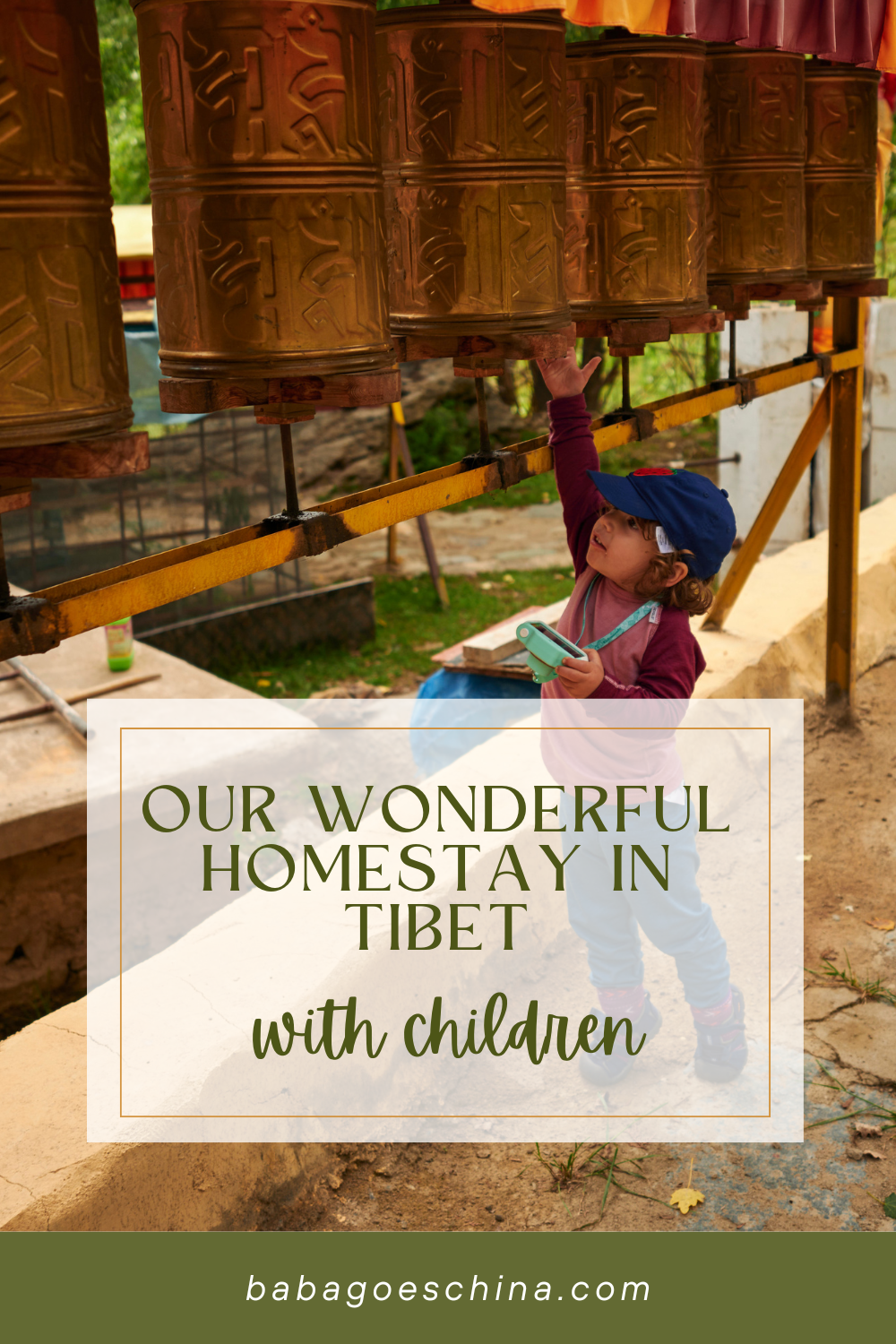
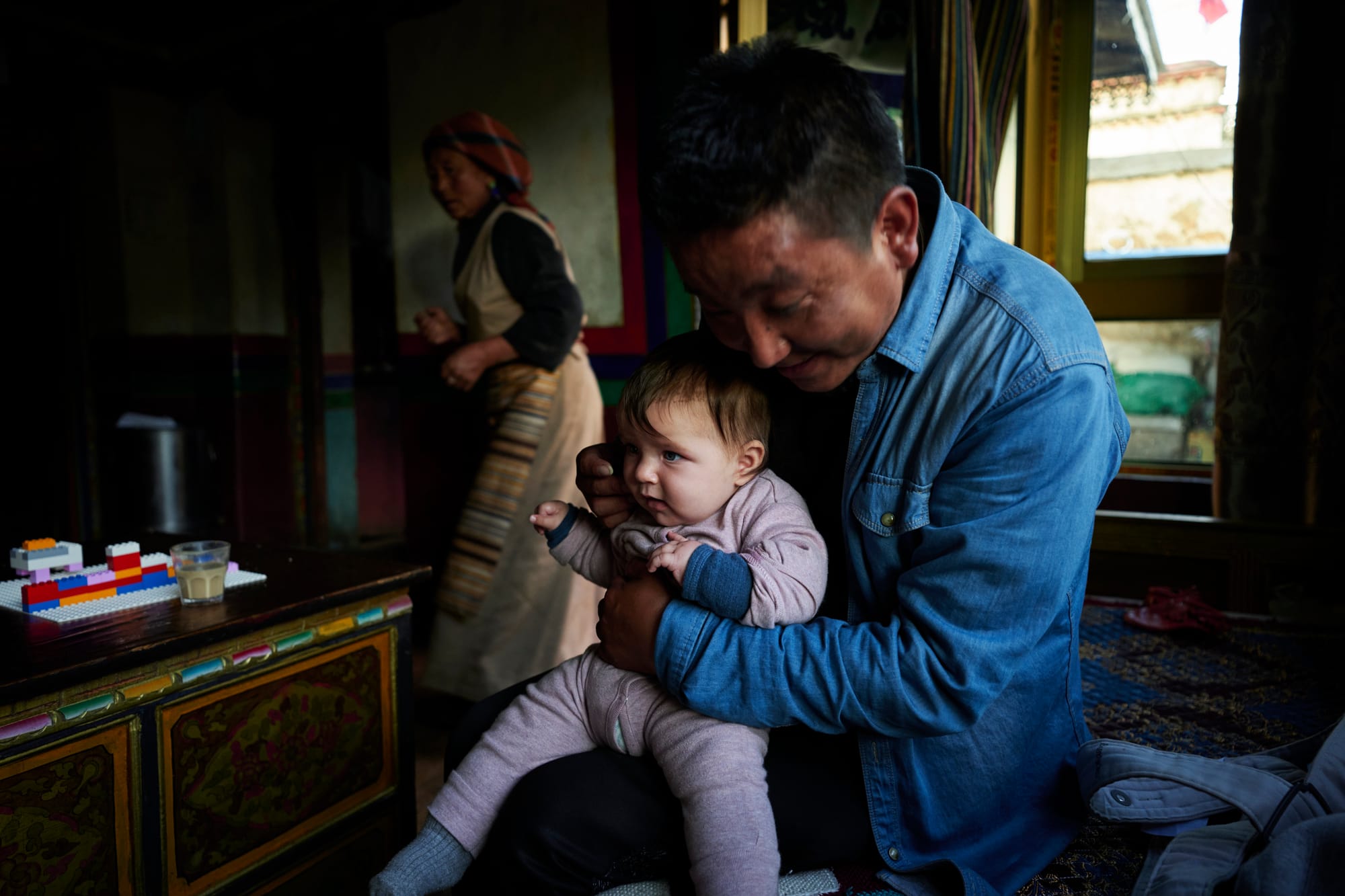
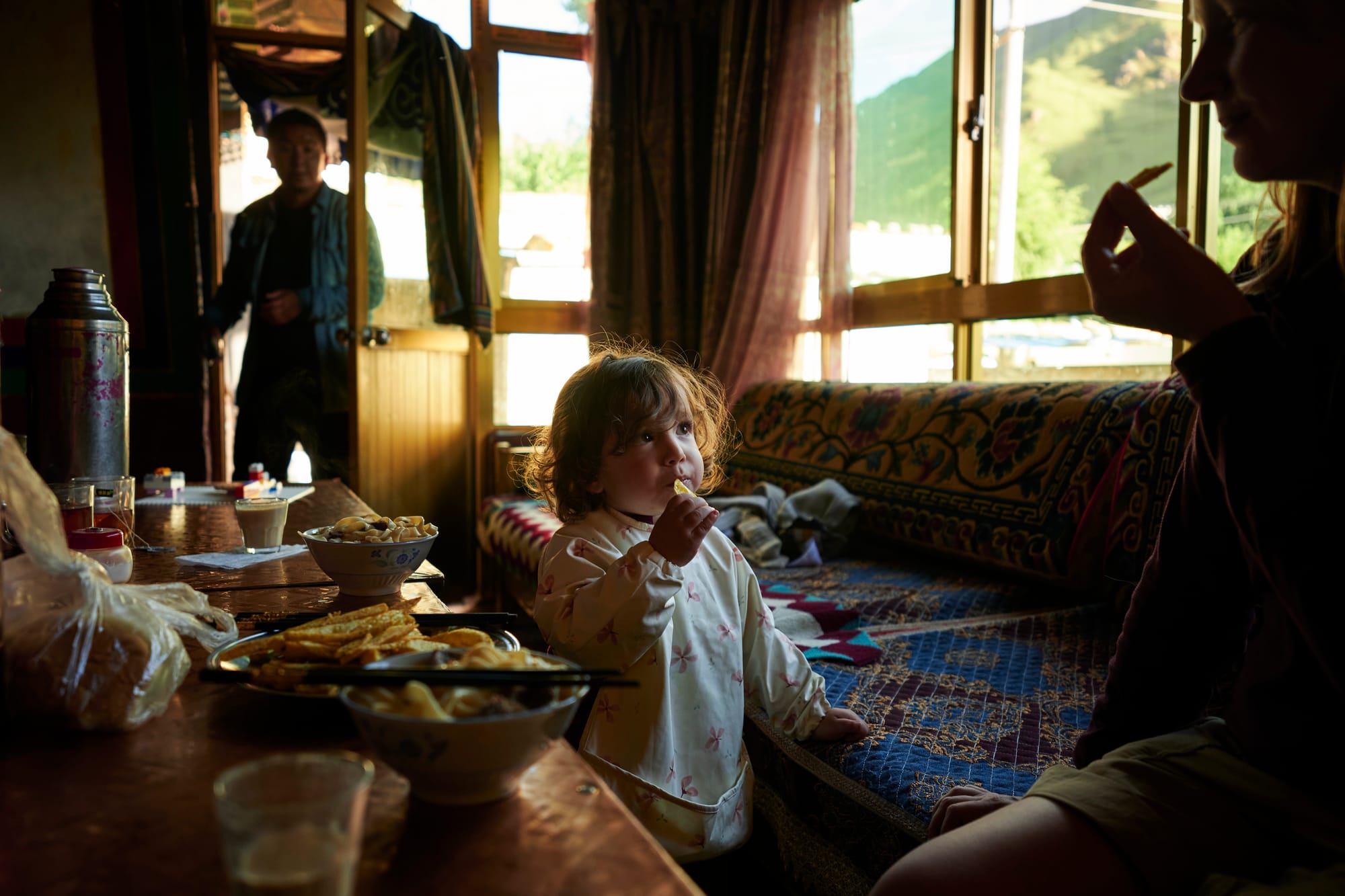
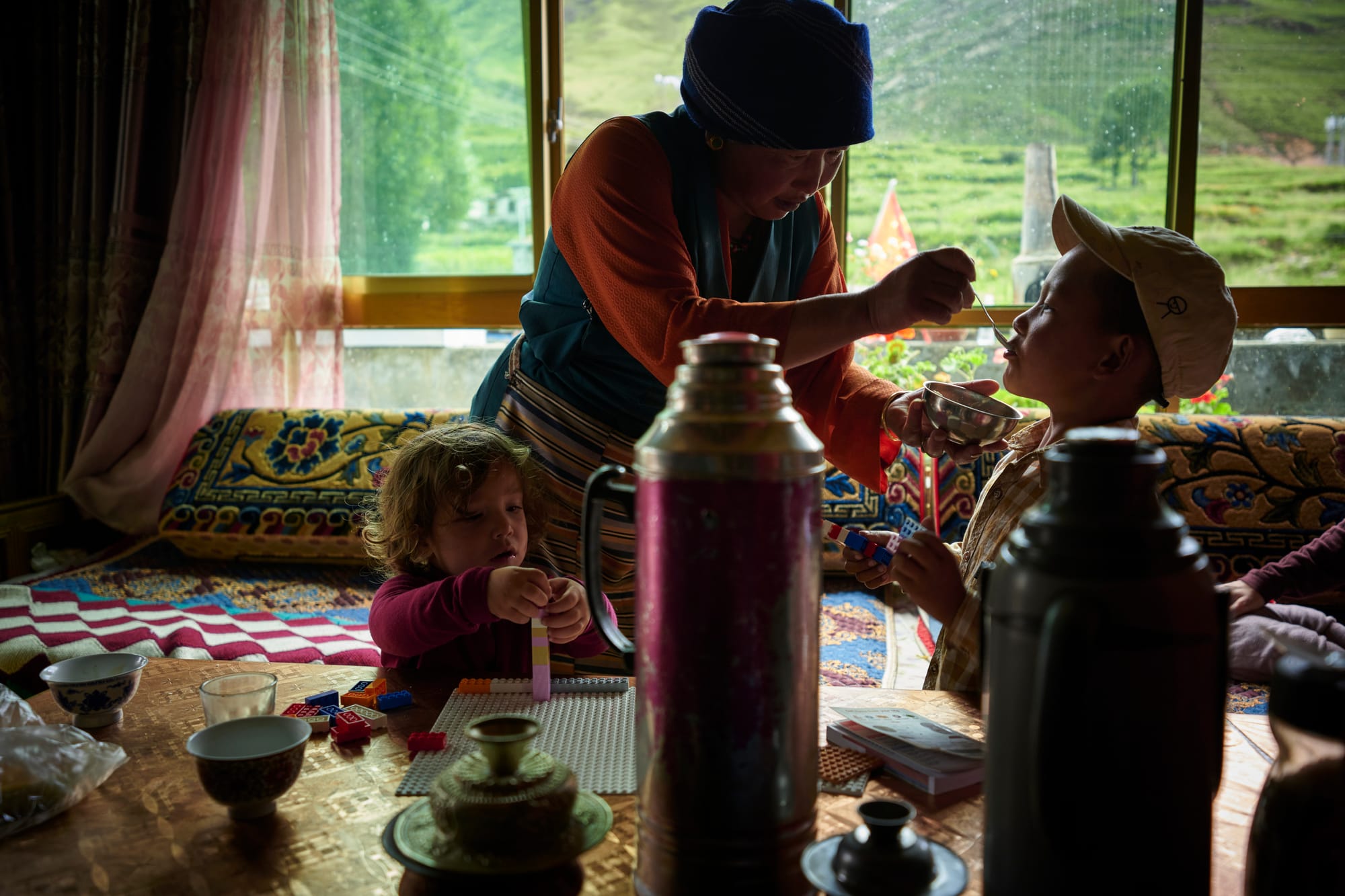
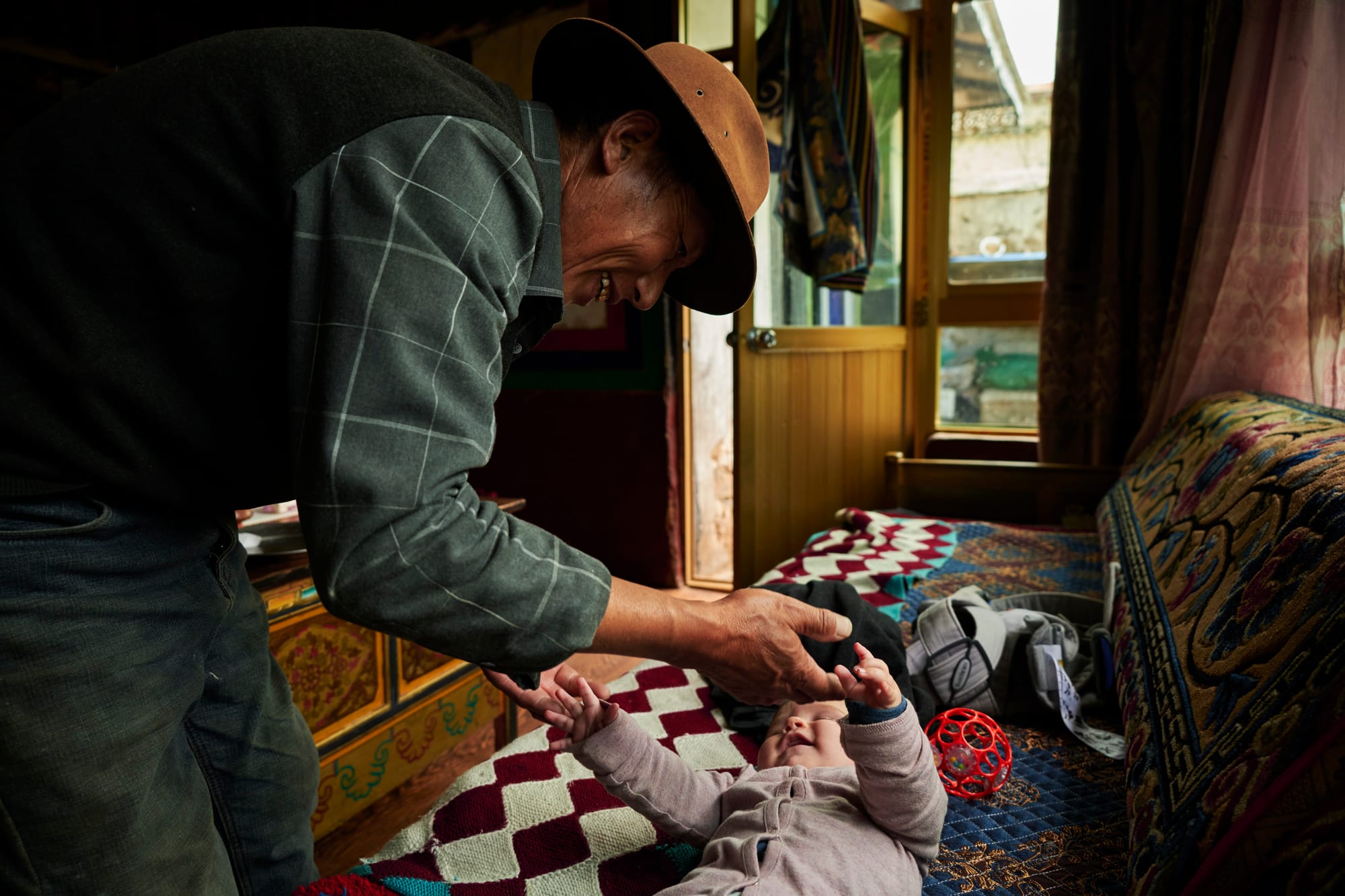
Why did we decide to stay in a homestay?
Our way of traveling is less about seeing particular tourist attraction - we are still to see The Great Wall and Terracotta Warriors - but more about just looking around what locals do, wandering around the streets and trying local foods. One of the best experiences we had on our travels as a couple before having children, was staying in a homestay in Baikalskoe, at the lake Baikal in Russia. This is why we are always on the lookout for this kind of experiences.
When we were planning our first trip to China, we knew that we wanted to see a variety of places - after all, China has so much to offer. Our hearts were set on exploring at least one of the traditionally Buddhist regions - the main obstacle to do it was hesitance towards staying at high altitudes with children.
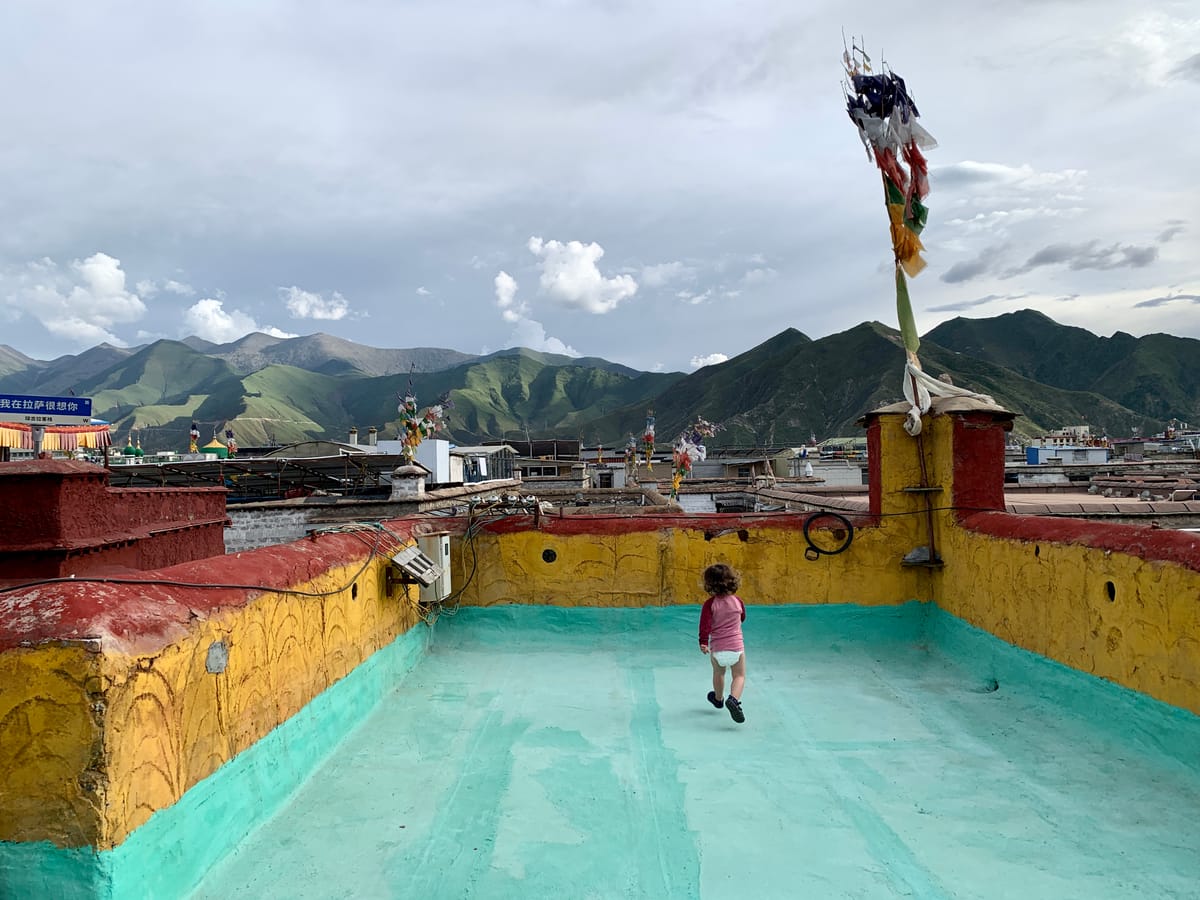
We were actually inspired by a Youtube video from a Tibetan travel agency that depicted the simple life in a Tibetan village. When we saw it, we knew that this is exactly what we would like to do. So we approached them and asked whether or not they can arrange something like this for us close to Lhasa - we stressed that we are not interested in a tourist village, we only want to do it if it is a low-key, authentic village. They said that this is possible, and we decided to go for it.
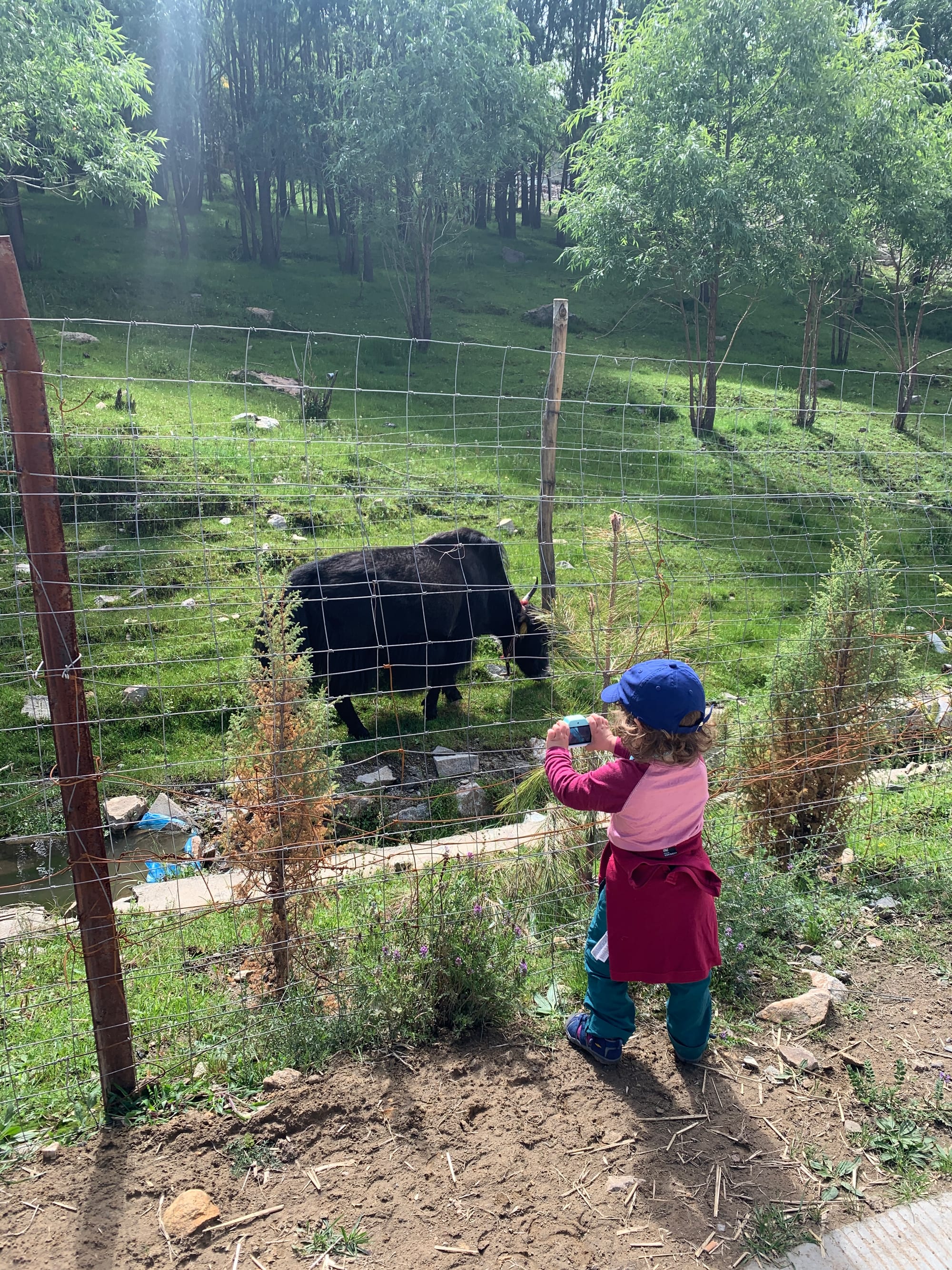
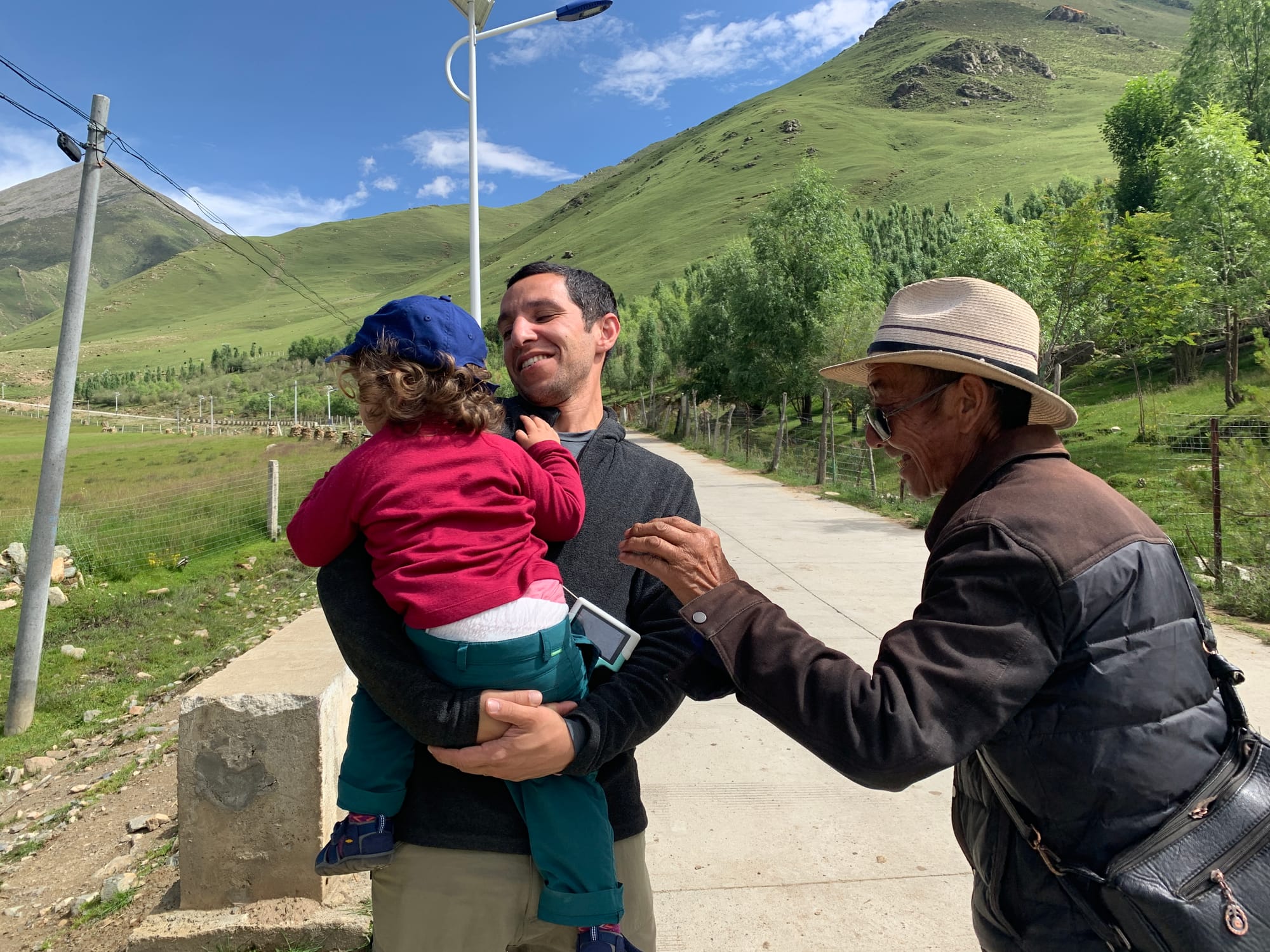
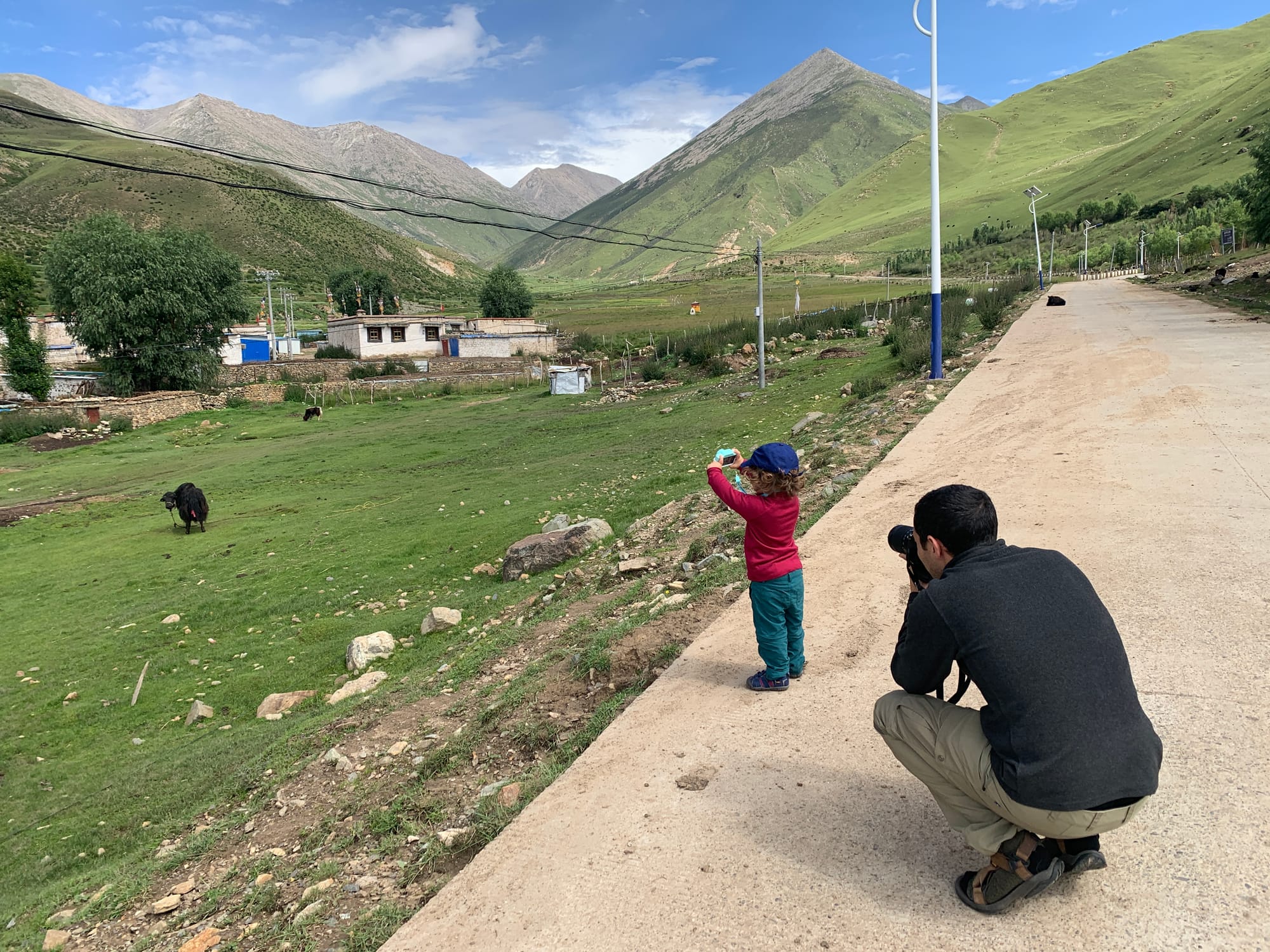
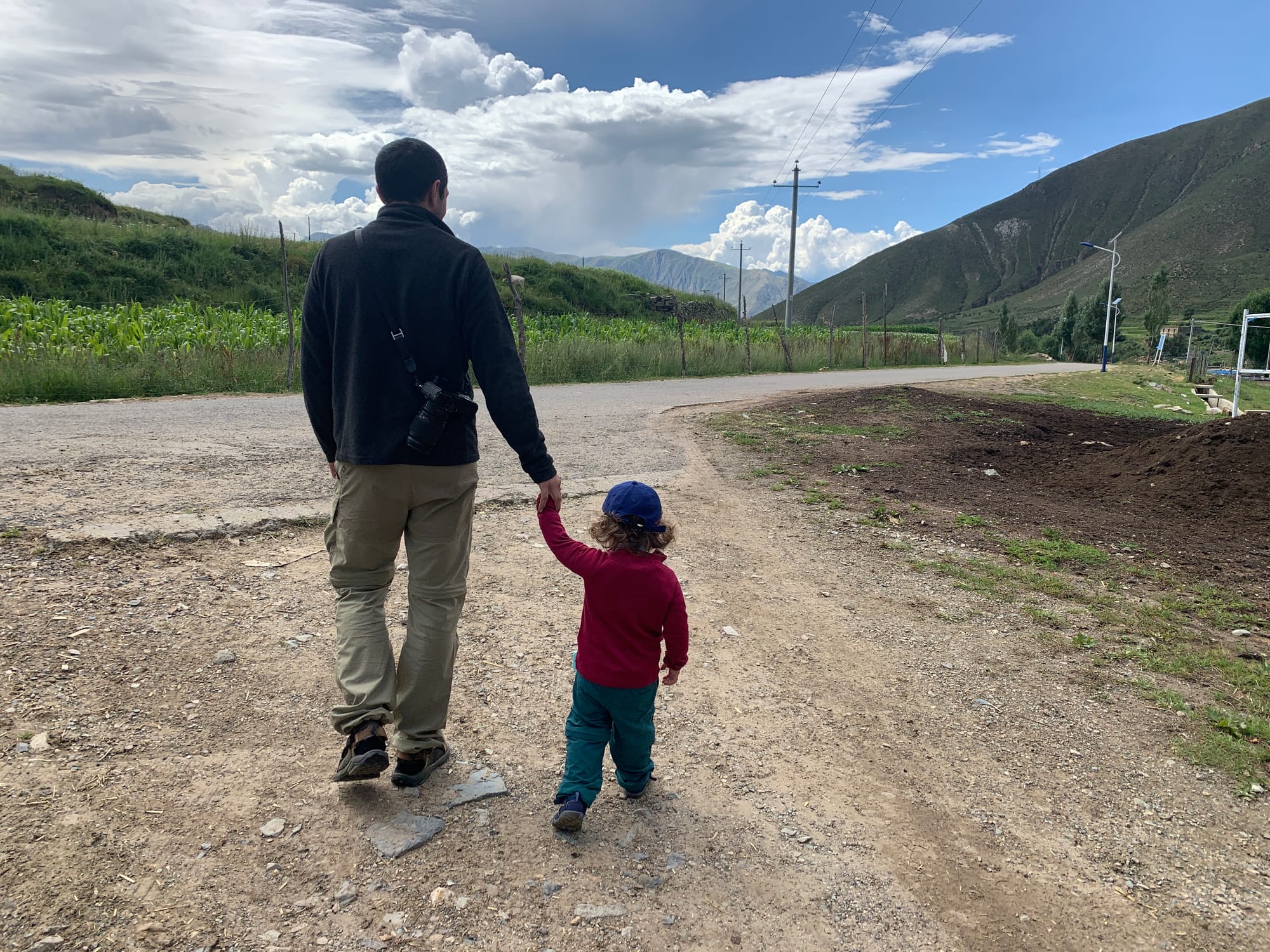
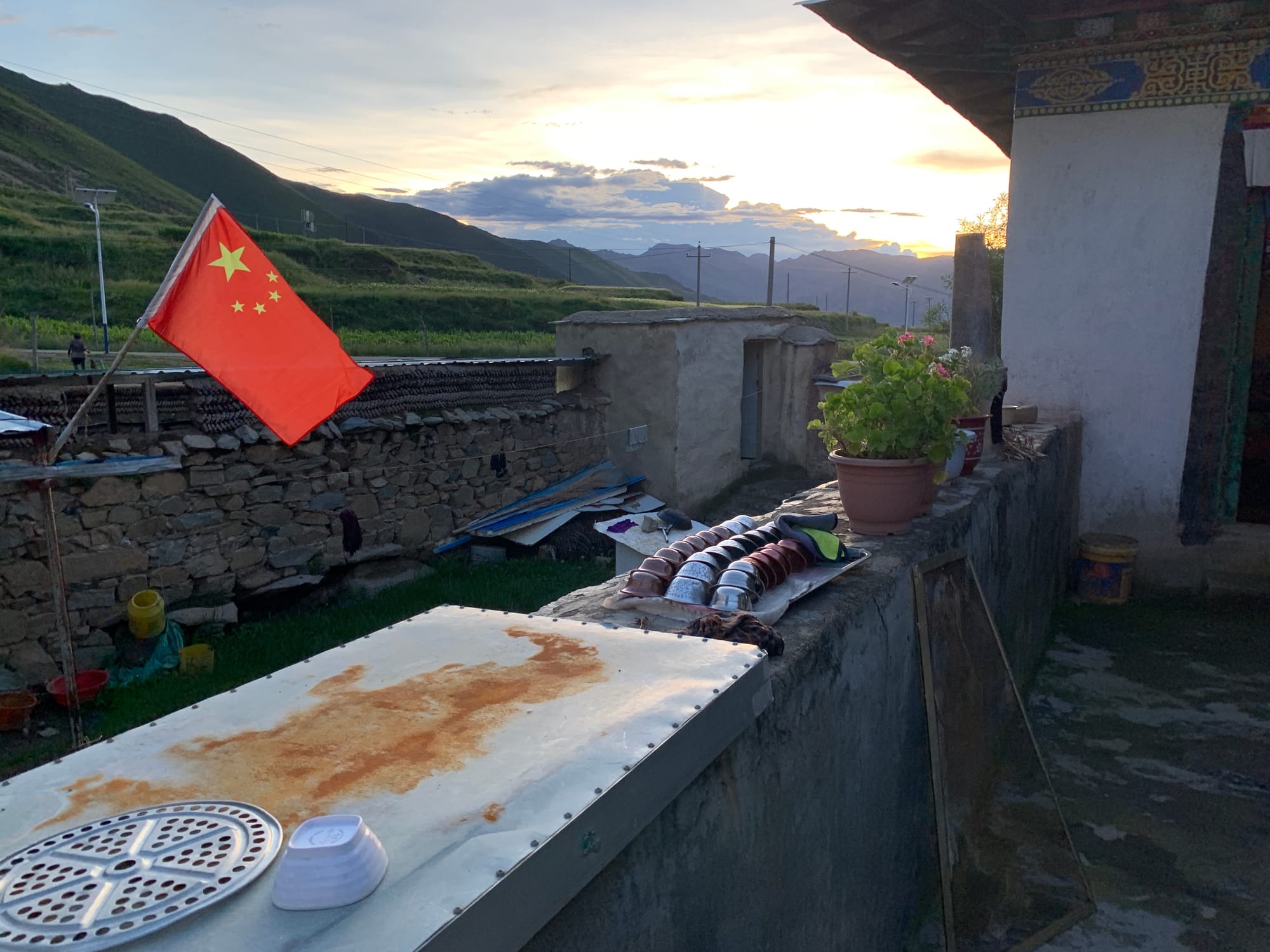
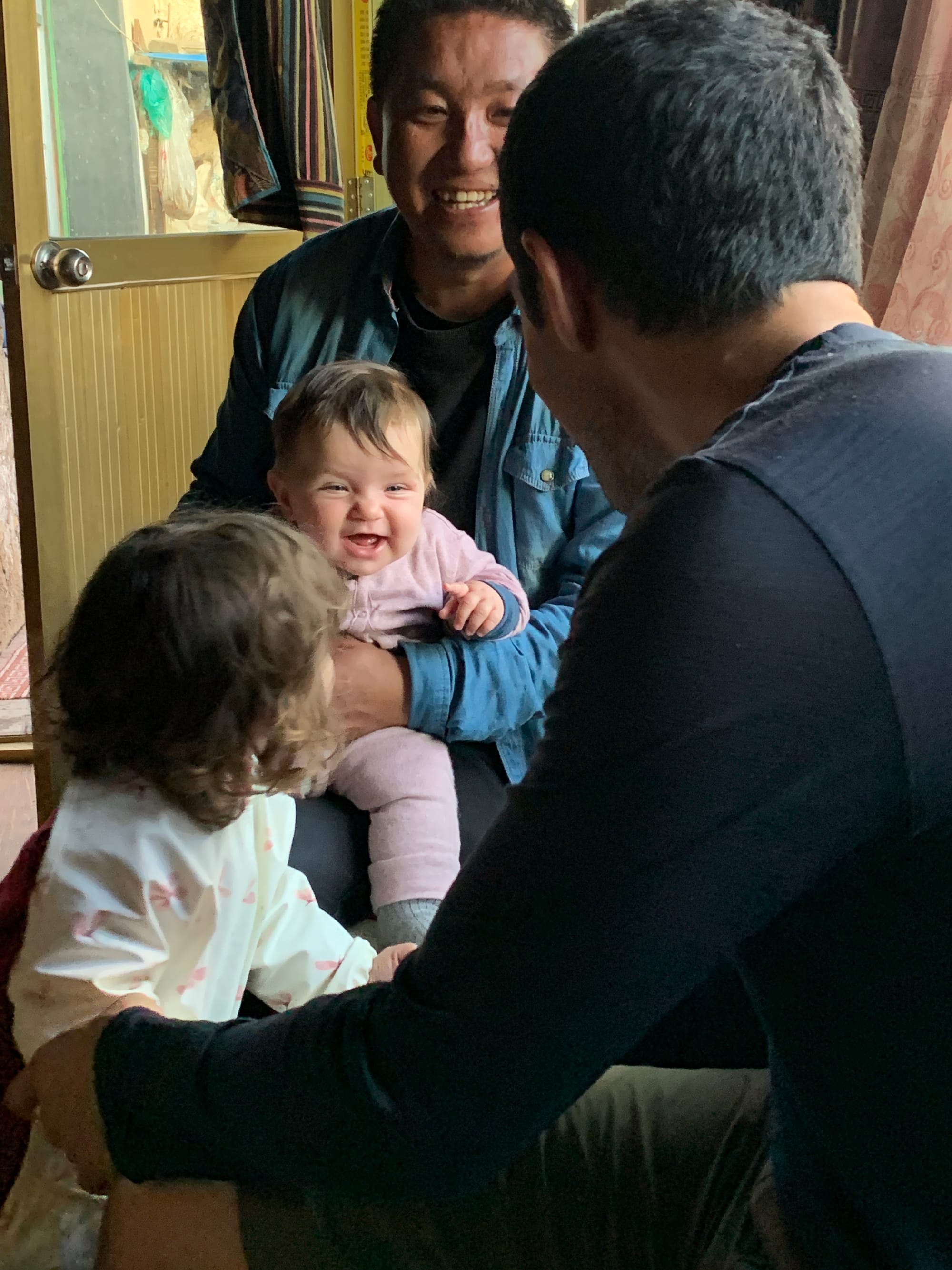
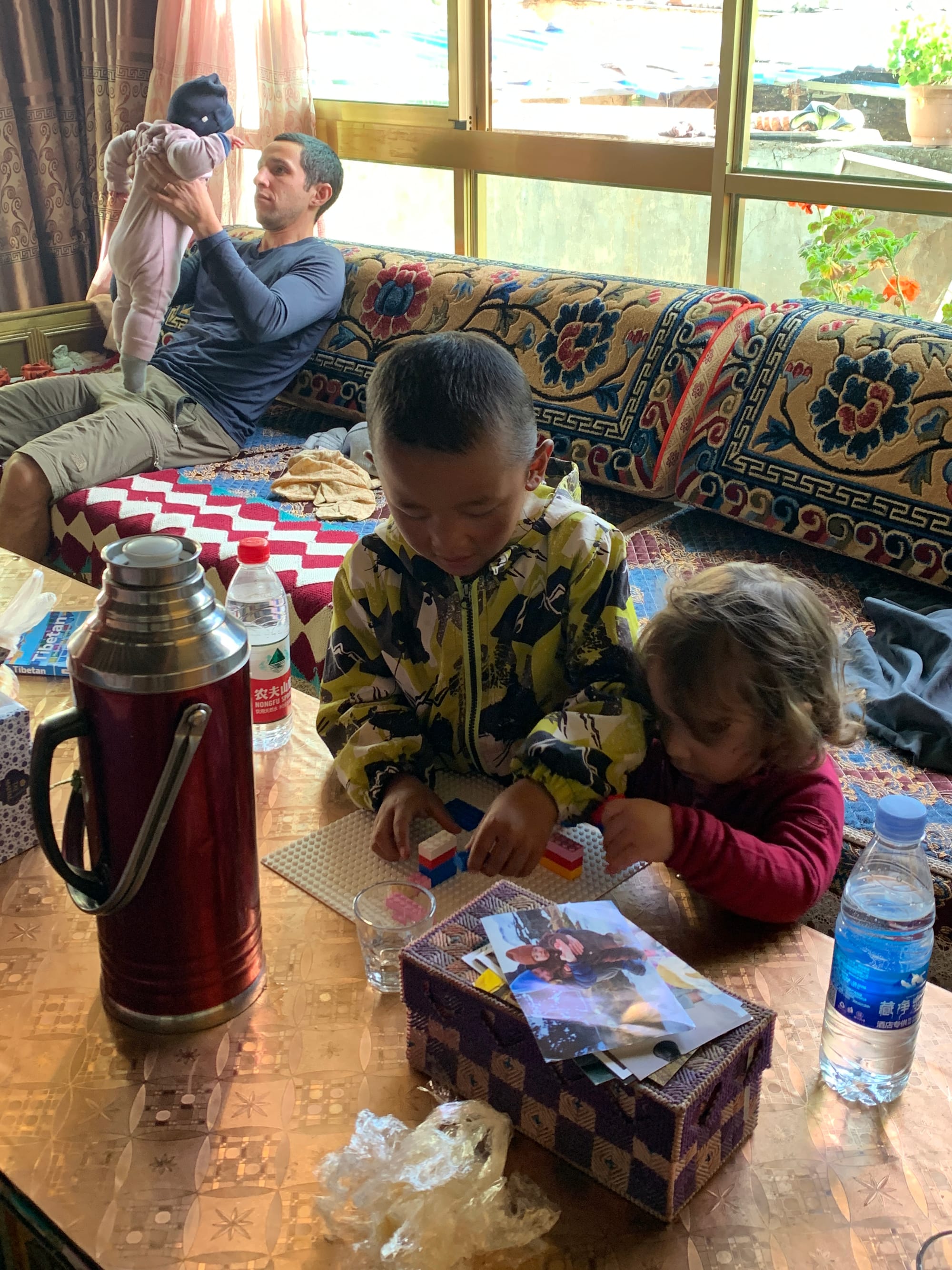
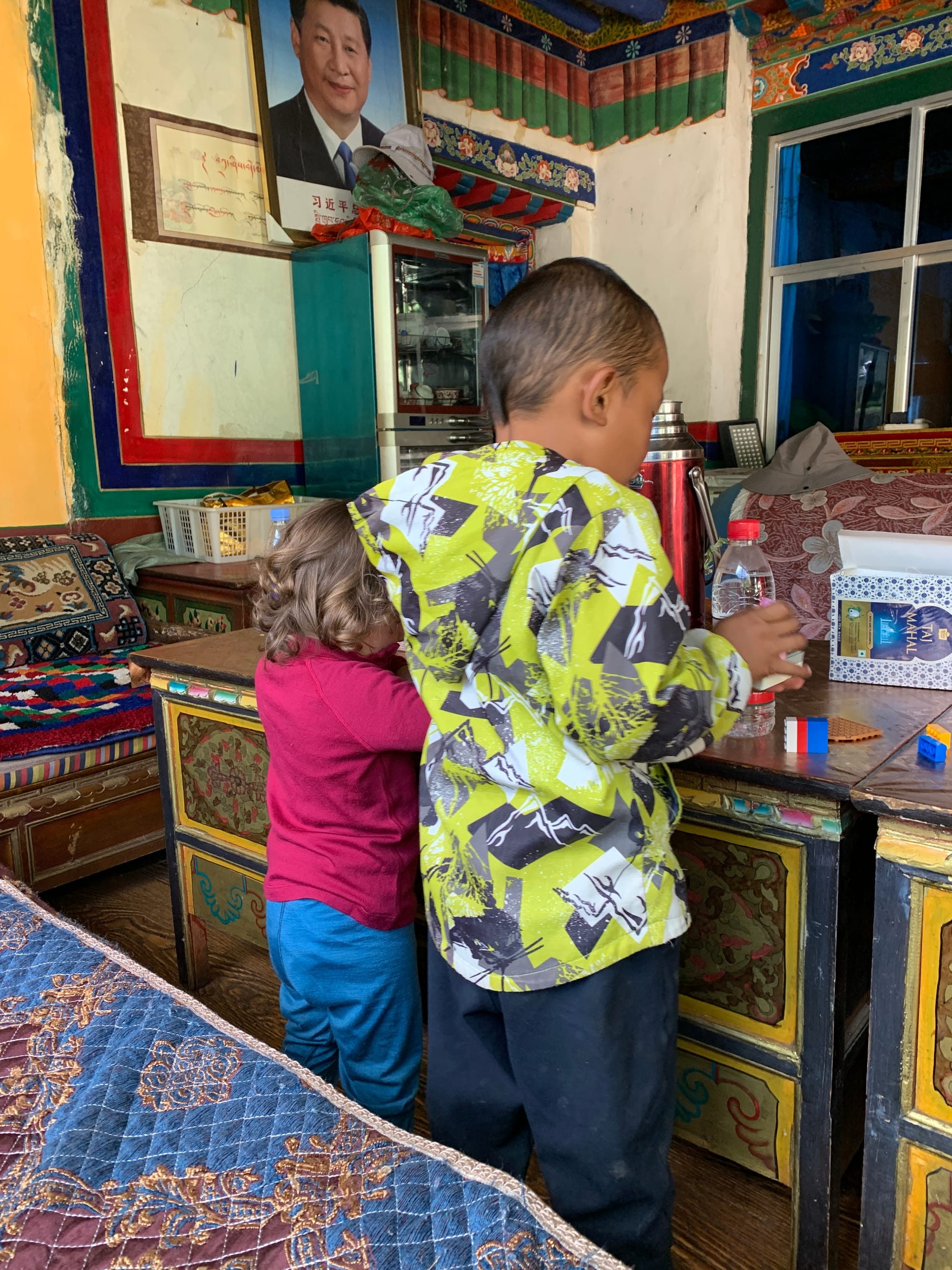
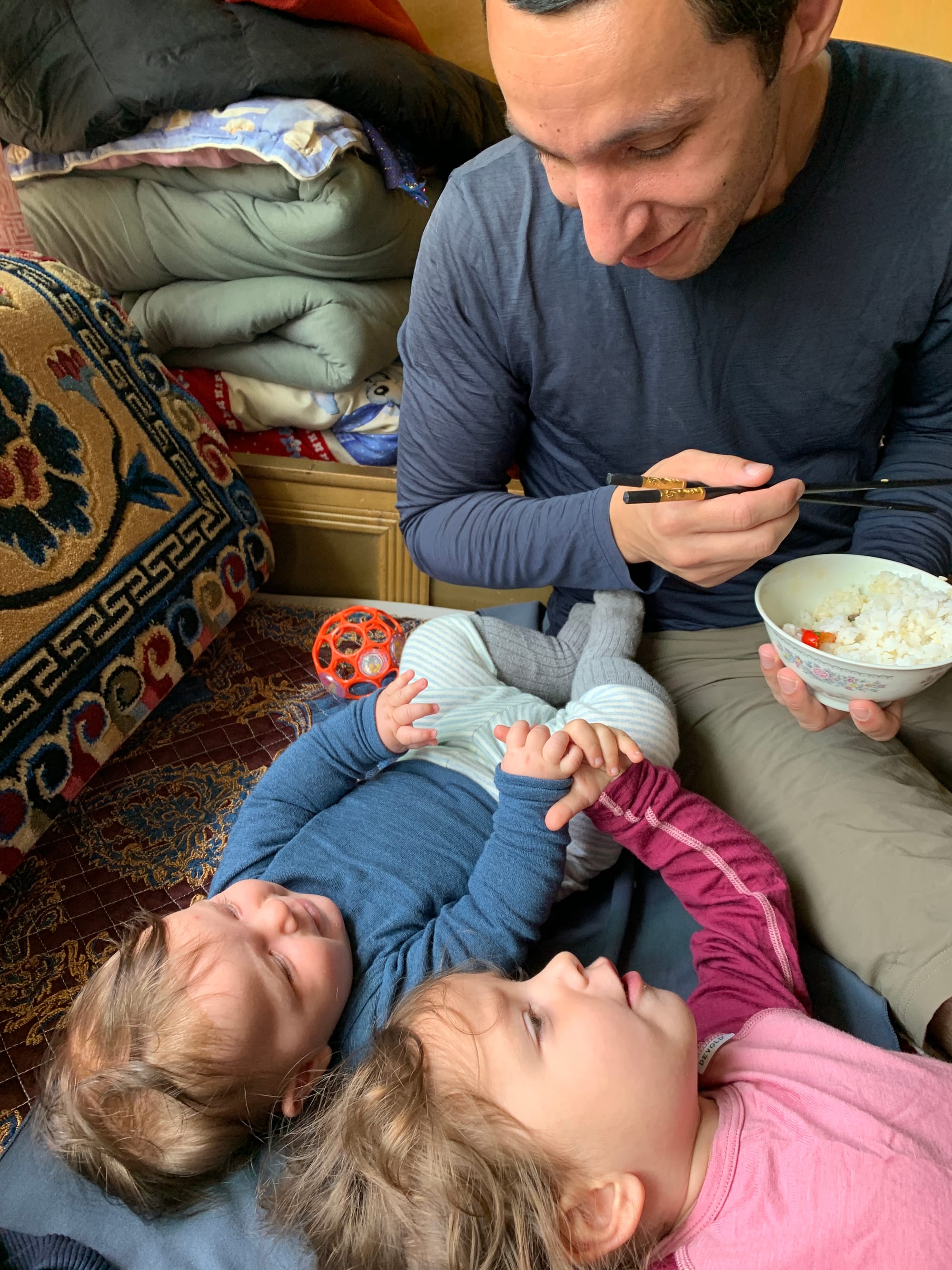
How to book your stay?
To travel to Tibet you need to book the entire stay through a Tibetan travel agency and they will obtain the special permit for you. They will also arrange all of the accommodation and book your train tickets (technically you can book those yourself but since the trains are very busy during the high season, it is more likely to get the train you want when booking with them).
Everywhere you travel outside of Lhasa, you need to have a guide, there is no way around it - our guide stayed with us the whole time in the village.
This is a reason why you should find a trustworthy, competent travel agent and discuss the details of your trip with them. I highly recommend having a private guide and not joining a tour - this way your trip will be tailored to your needs. Our tour operator was very helpful and our stay in Tibet was organised "our way".
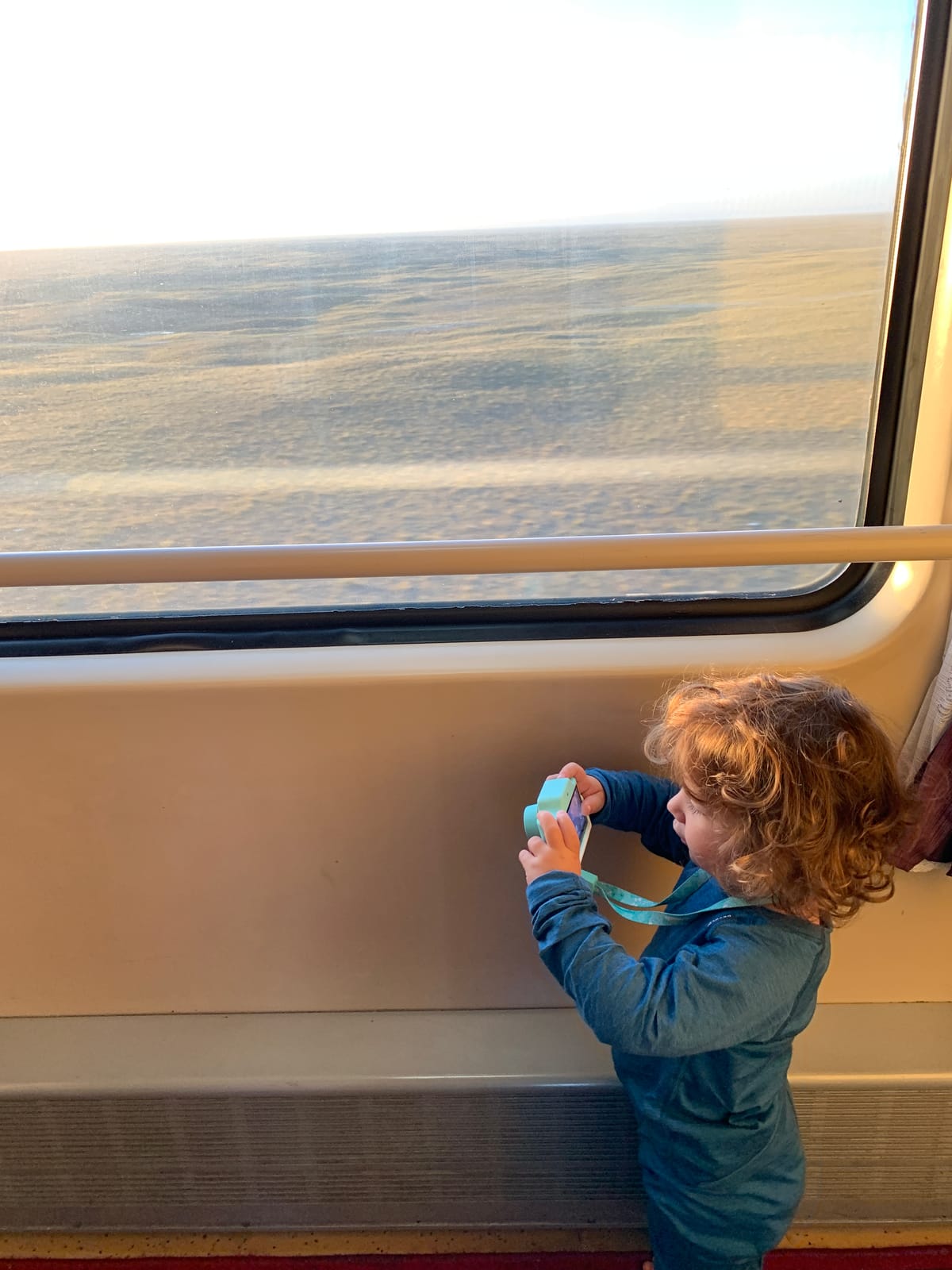
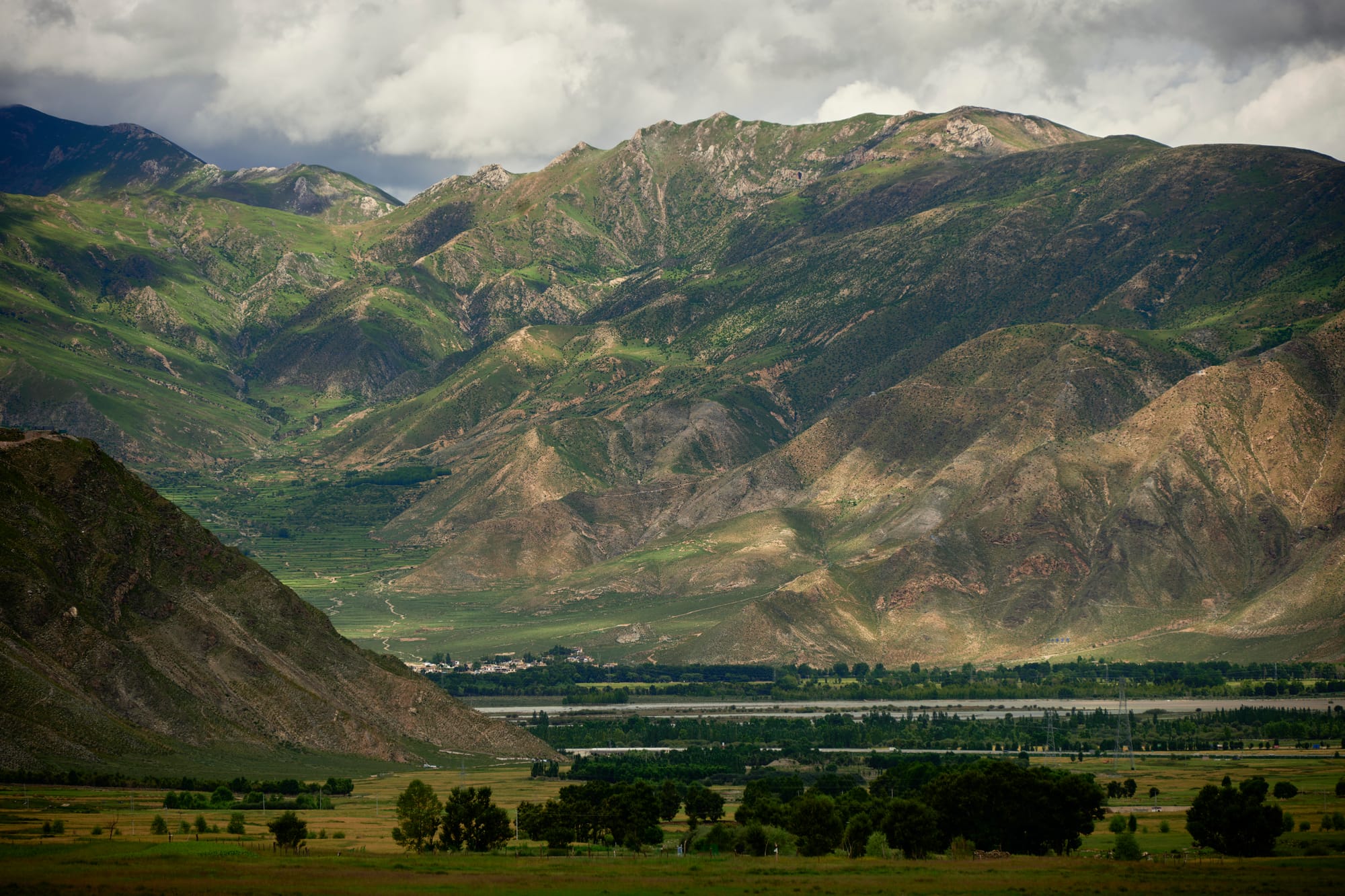
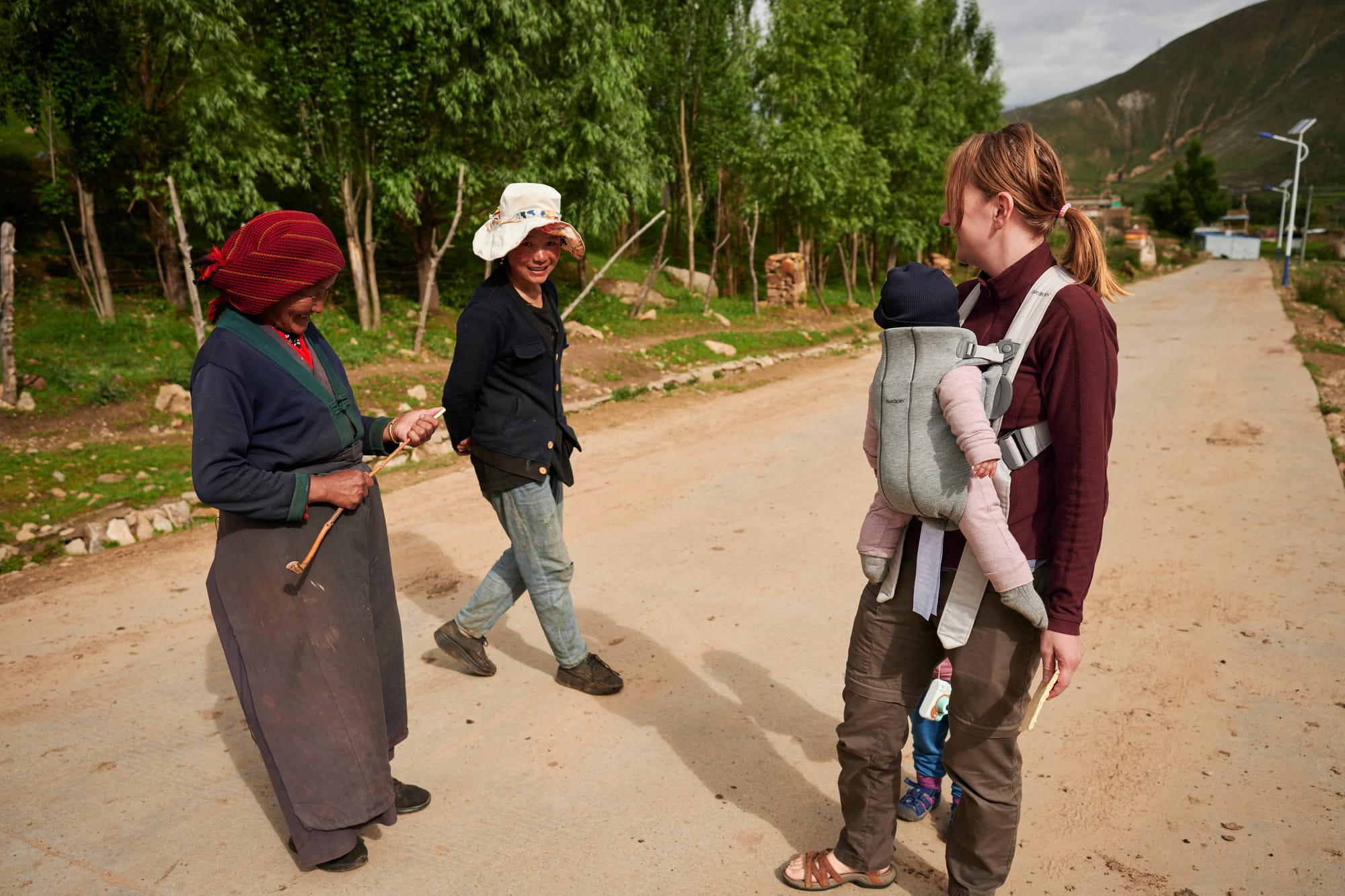
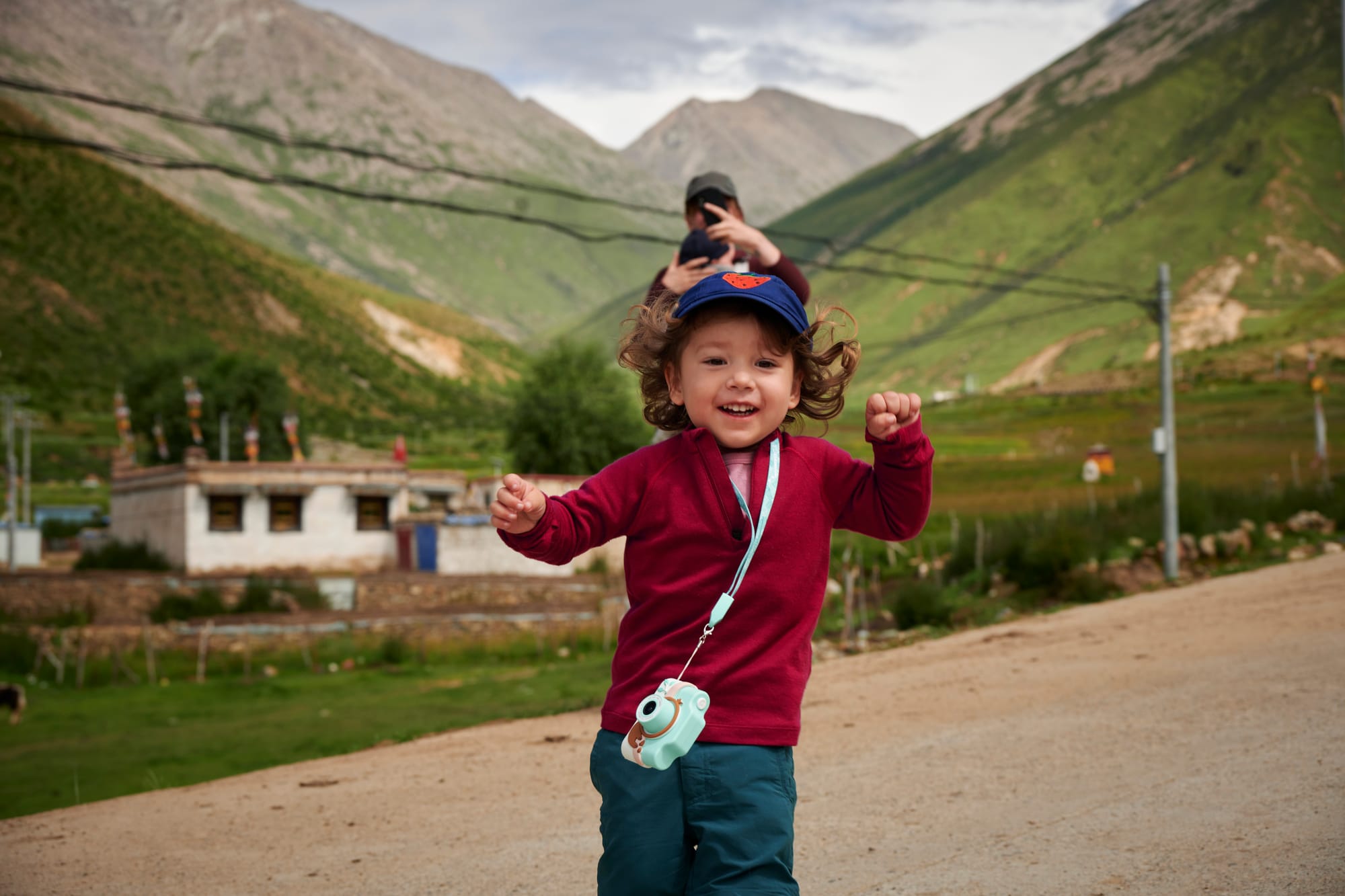
Considerations
- Altitude:
One of the major considerations is of course the altitude. Even though we didn't stress over it too much, you do need to acclimatise. We also decidedly stayed below 4000m - Lhasa itself is at the altitude of 3600m so this is the minimum you have to be ready for. If you decide on staying on a relatively low altitude, your options to explore Tibet are also limited, so make sure you check what altitude are the places you want to visit on.
- Distance from Lhasa:
When traveling with children, especially such small ones like we did, you should accept that this journey is already an adventure. While more remote villages, especially in the Western Tibet, might offer a more spectacular landscape and sense of remoteness - they are, well, more... remote. I would strongly advice to stay within a few hour drive from the capital. After all, children do get ill all the time (like Hanna did) and you might need to change your plans. Being close to the city allows you to have a peace of mind knowing that even though you are in a village, you can always return to the comfort of a hotel bed in no time.
- Temperatures:
The higher the altitude, the colder it is. Don't forget that nights in the mountains can be quite cold. We visited in August and when the sun was out, it was quite hot but the moment the sun went down, the temperatures fell to around 10 degrees. And because the house won't be heated, you will be sleeping in around this temperature, so make sure you take enough warm clothes, especially for small children who tend to kick the blanket away at night.
- UV protection:
High altitude is also dangerous for your skin, so don't forget to wear sunscreen and a hat. You might not be hot, so it is easy to forget how strong the sun is, so be sure you make a habit out of putting the sunscreen on in the morning.
- Toilets:
The homestay was the only time when we were really forced to use not only a squat toilet, but an outside wooden shack. For us it was no problem, and both of our children still wore nappies, but if you are traveling with older children it might be an issue for them and it is also something you need to consider.
Preparing your children for the experience
We always try to make our travels feel like a big adventure for our children - after all, small kids might not realise that it is not an everyday thing to walk among the yaks in Tibet or admire a temple. I find it always a good idea to mention many times before trip what will happen, what we will see and why it is special. And I was really surprised how much then 2.5 year old Hanna has taken in.
Our kids seemed to have enjoyed the homestay - even though Hanna was a bit ill, she had lots of fun and was sad when the time came that we had to leave.
Conclusion
Staying in a homestay is a unique experience - only then you can see how people actually live and experience real hospitality. For children it is an amazing learning experience, so I hope this post has offered you some inspiration and practical advice on how to go on about it.


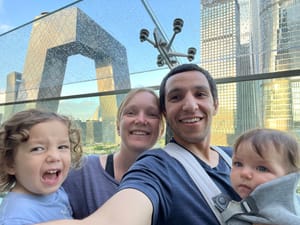




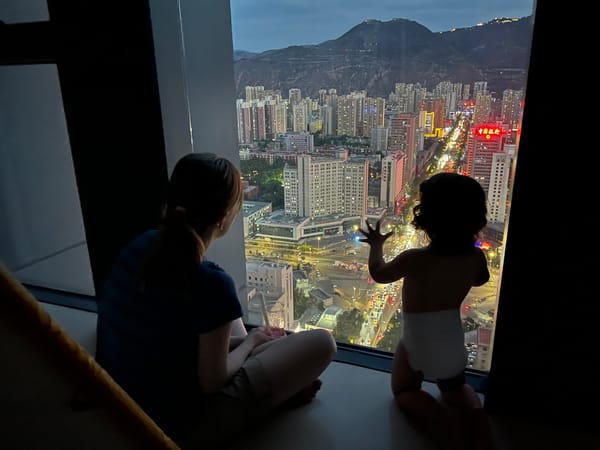
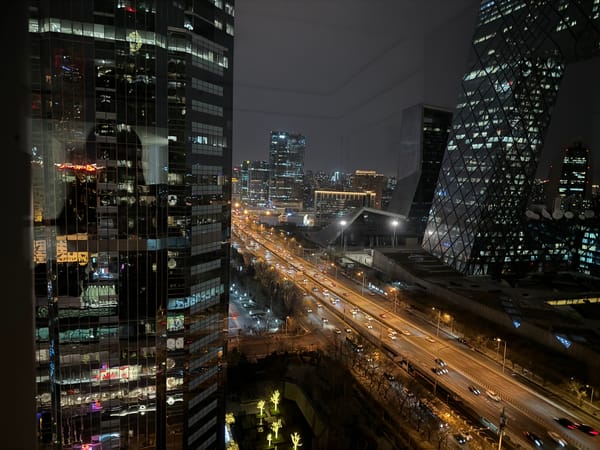
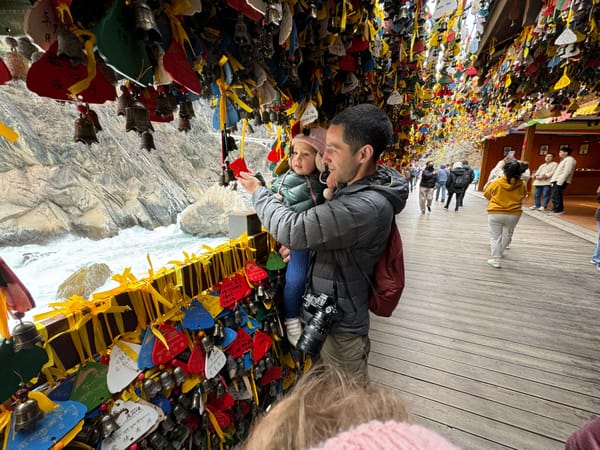
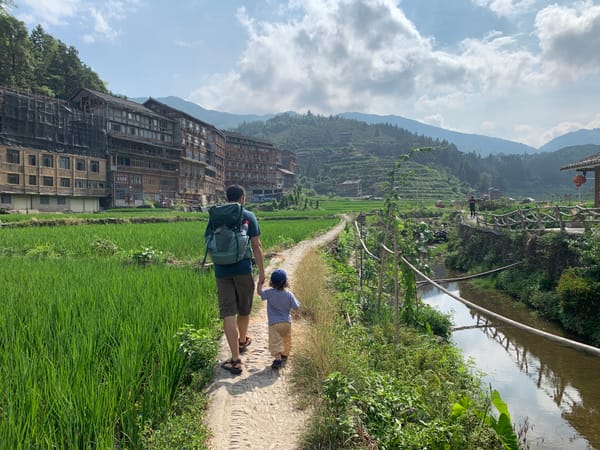
Member discussion